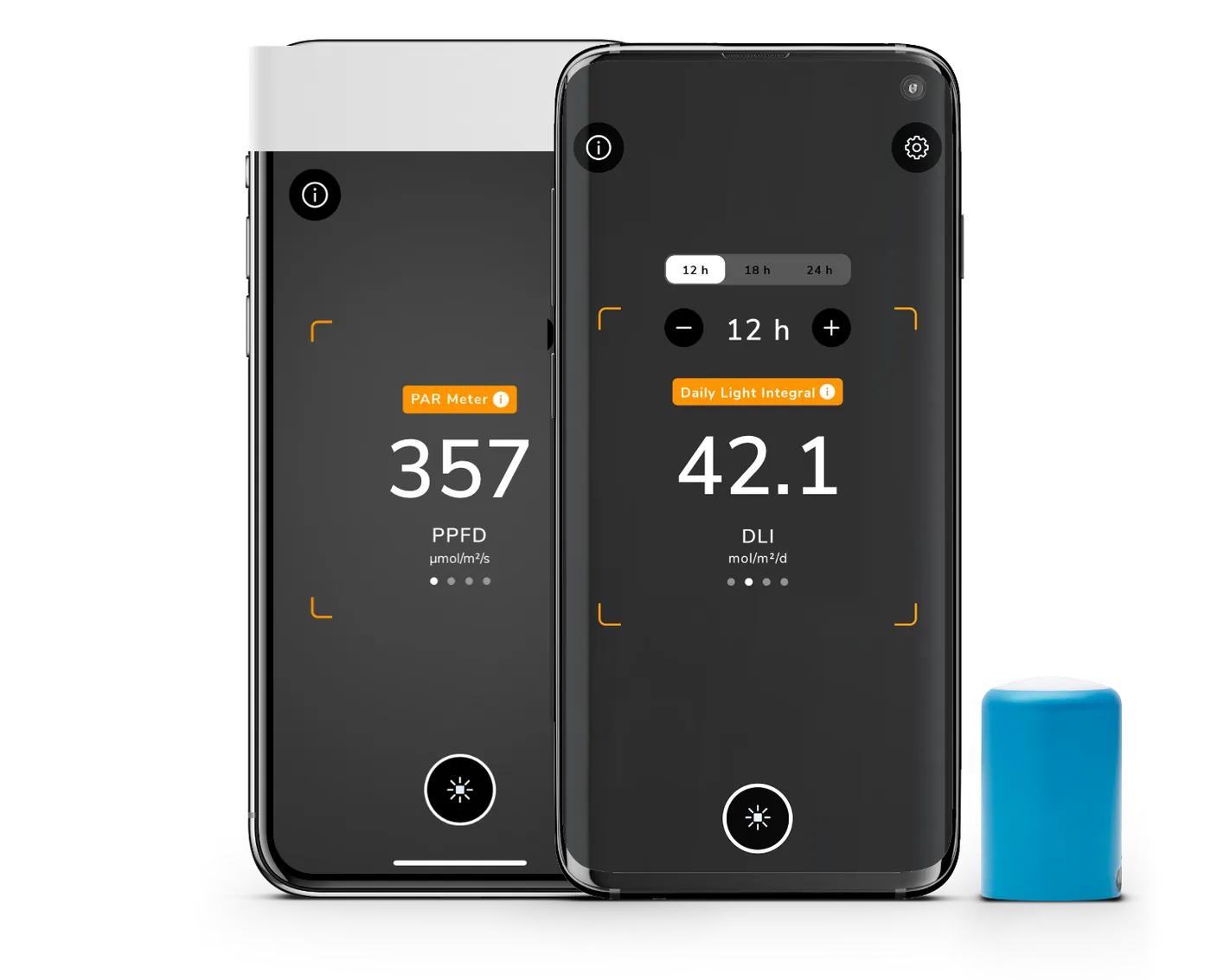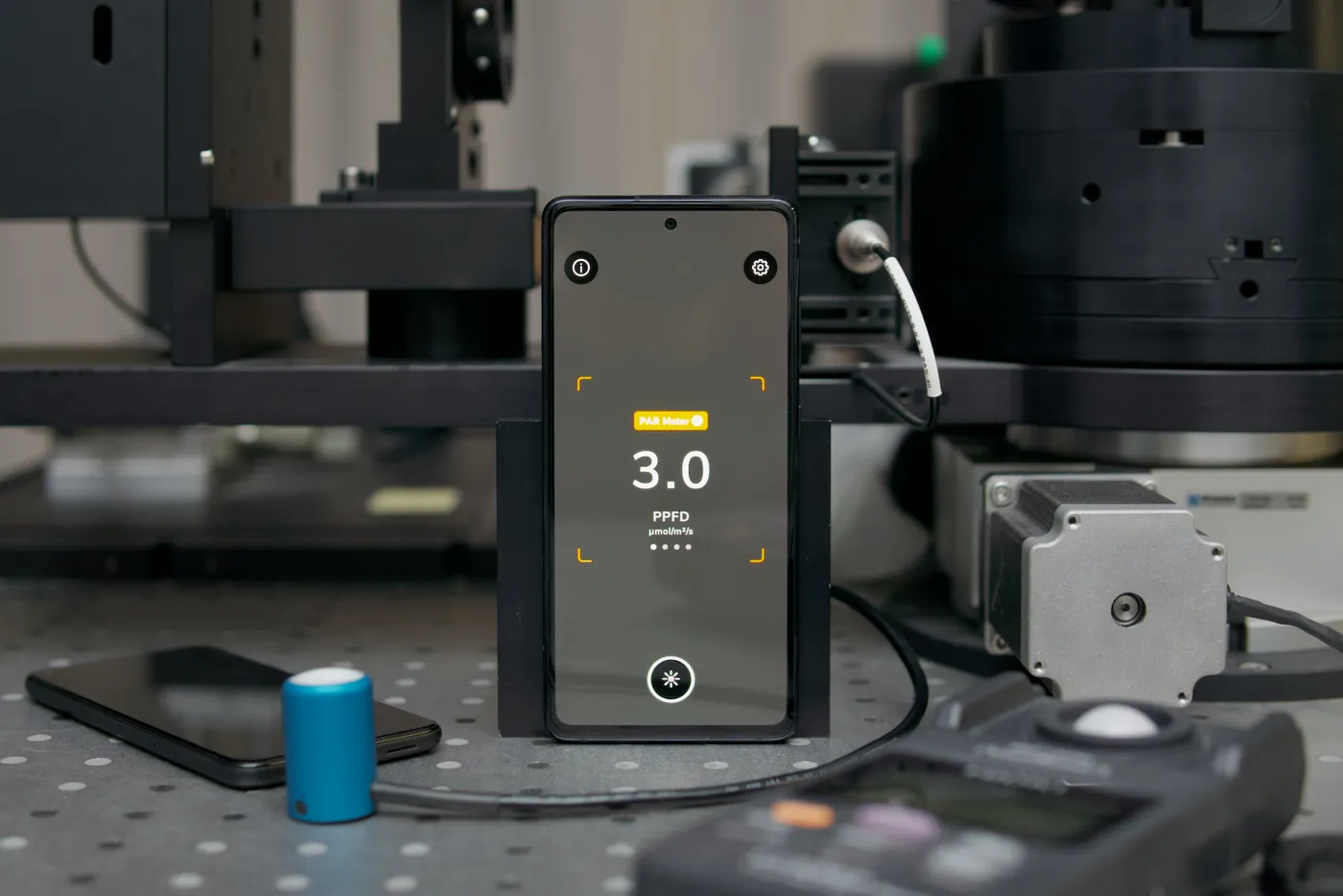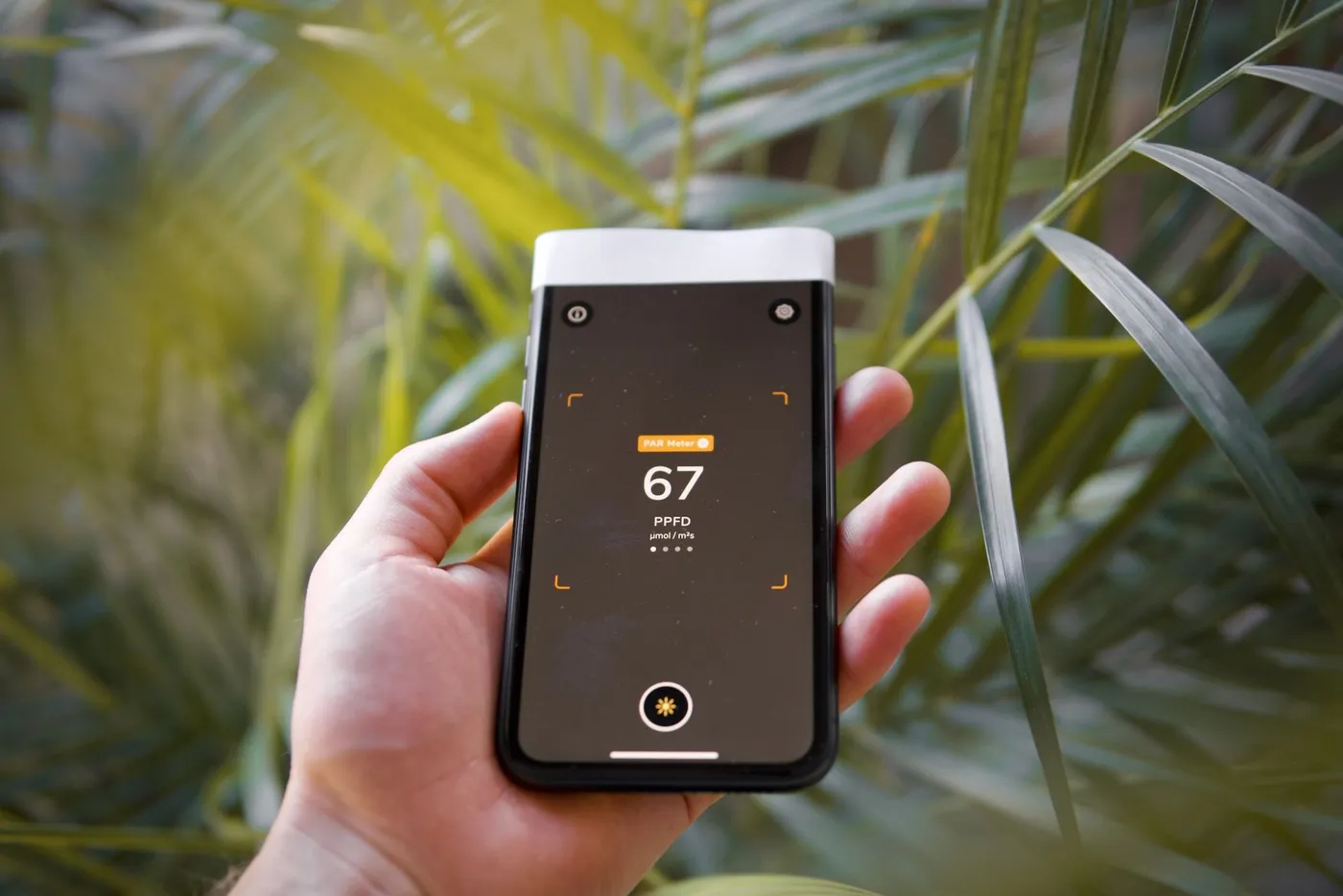
Auto-Translate
Apogee Instruments, the renowned manufacturer of scientific-grade quantum PAR meters, recently released its new product line of daily light integral (DLI) meters. All three different DLI meters measure PAR as PPFD, DLI, and the photoperiod. The DLI meters are able to record and store the data for 99 days. Within this article, we want to take a look at these new products in the lens of a cannabis grower.
Contents
A Quick Recap on the DLI
The daily light integral (DLI) is the total sum of photosynthetic lighting intensity measured as PPFD over a 24 hour period. Ultimately, supplying an adequate amount of light is the single most important factor when it comes to plant lighting. If want to know more about DLI, we recommend reading our articles about the DLI in general or specific for the cannabis plant.
Instantaneous DLI vs. Integrating DLI
Taking a DLI measurement therefore requires measuring PPFD using an accurate PAR meter and knowing how long this PPFD is supplied to the plants. Hence, every DLI meter is taking real-time PPFD measurements that are then summed up to cover the entire 24 hour window. However, there are two fundamental differences in how long and how often those measurements are taken: An integrating DLI meter is taking measurements every few minutes throughout the day and calculating the sum of them. As a result, the actual DLI measurement is only available after the full 24 hour period.
An instantaneous DLI meter however, allows to measure once and then multiplies the spot PPFD measurement with a configured photoperiod (i.e. the amount of time the plants are exposed to the light) in order to obtain the DLI measurement instantly.
Who’s It For
If you’re using artificial lighting, you already know the photoperiod as you are controlling the lighting duration yourself. Thus, it’s way easier and quicker to take instantaneous DLI measurements with manual entries of the photoperiod according to your light schedule. In this case, you don’t need an integrating DLI meter such as those from Apogee and you will be better off using the DLI feature of our Grow Light Meter app.
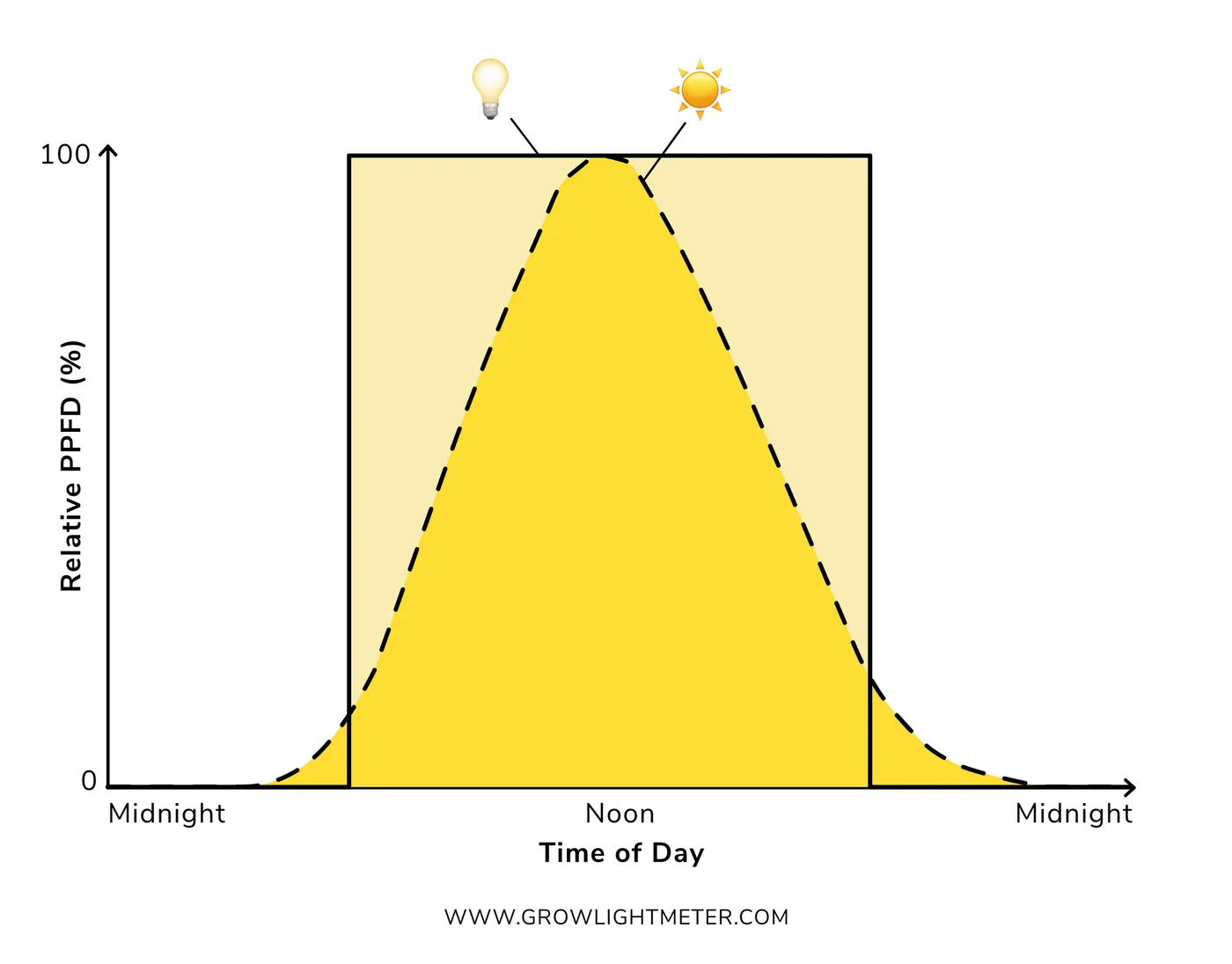
If, however, natural lighting comes into play, using an integrating DLI meter from Apogee may result in better lighting decisions. If you’re running a greenhouse with supplemental grow lighting, knowing the amount of light your plants receive is crucial for an economical operation. In such cases, using a multi-day measurement is the best option to optimize your grow light schedule across the season.
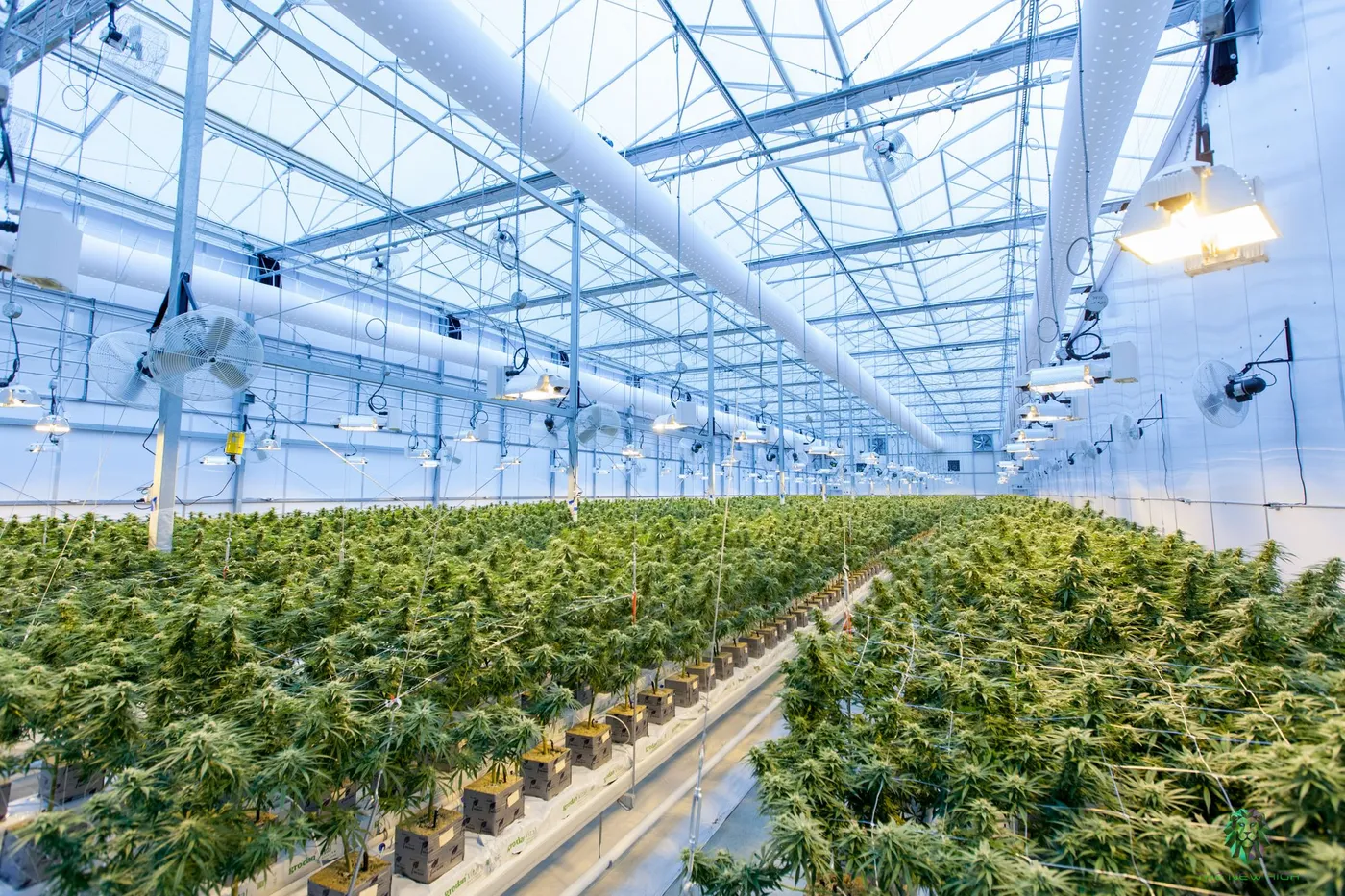
Apogee DLI Meter Product Line
Apogee offers a product line of three different DLI meters covering different measurement aspects.
The user interface and software capabilities are the same on all three meters. The main difference is the accuracy and spectral sensitivity of PPFD measurements, which is also represented in the prices ranging from $300 to $550 as of February 2022.
The DLI-400 has the lowest-cost PAR sensor that is not representing the 400 to 700 nm PAR spectrum accurately for all light sources. It is therefore only recommended to measure natural sunlight.
The DLI-500 offers the same accuracy and spectral response as Apogee’s full-spectrum quantum sensors and can be used for any type of grow light – be it the sun, HPS, LED, MH, CMH, or anything else.
The DLI-600 is extending the 400 to 700 nm PAR spectrum into the infrared spectrum to provide an extended ePAR PPFD measurement. It can be used for any type of grow light as well.
Alternatives
If you’re running your grow entirely on artificial lighting using high-powered grow lights, you don’t need an integrating DLI meter. What you’d need is an accurate and trustworthy PAR meter to measure the PPFD your plants receive.
You mainly have two options: Using a dedicated PAR meter and calculating the DLI yourself using the formula below, or using our grow light meter app that measures PPFD and already does the DLI calculation for you.
PAR Meter + Calculation
PAR meters are available from different manufacturers with the most renowned being Apogee and its MQ-500 full-spectrum quantum meter. There are other alternatives such as the Licor LI-190R quantum sensor or the SpotOn® quantum PAR light meter. All of them are of high quality, accurate, and trustworthy. Another thing they have in common is their hefty price tag upwards of $300 to $500 which makes them hard to obtain for enthusiasts and professionals alike.
If you’re using a PAR meter, your measurement is a spot PPFD measurement, meaning that you’re measuring the levels of PAR within this spot and right now. In order to obtain the DLI, the spot PPFD measurement must be multiplied with the time your grow lights are kept on (i.e. the photoperiod). The formula is rather simple and as follows:
Fortunately enough, there are online calculators available. This one gives you all the options you need.
Photone Grow Light Meter App
There is an easier, more accessible, and way cheaper option to measure DLI than using a traditional PAR meter: Our Photone Grow Light Meter app. The app allows you to take accurate PPFD measurements as well as measuring DLI directly with the lighting duration (or photoperiod respectively) set by you based on your grow lights' schedule.
Thank you for reading and happy growing!
Sources
- The title image is taken from Apogee Instruments, Inc.'s website.


 Share This
Share This



